Minute Man Fossils
Scytalocrinus robustus and Scytalocrinus disparilis-Indiana
Scytalocrinus robustus and Scytalocrinus disparilis-Indiana
Couldn't load pickup availability
Taxa: Scytalocrinus robustus and Scytalocrinus didparilis
Age: Mississippian-Carboniferous
Geology: Edwardsville formation
Locality: Crawfordsville, Indiana
This specimen consists of two calyx. It is from an old collection and a portion of the original label is visible on it.
Scytalocrinus
Scytalocrinus is an extinct genus of crinoids (marine echinoderms) that lived during the Paleozoic era, primarily in the Carboniferous period. These sea lilies were characterized by a stalked body (calyx) with feathery arms used for filter-feeding. Their fossils are commonly found in limestone deposits, indicating they thrived in shallow marine environments.
Crinoids
Trilobites lived from the Cambrian into the Permian. There are over 25,000 known species and their hard exoskeleton is the reason we have such a good understanding of these animals. Trilobite (“three lobed”) are extinct arthropods. Their bodies were devided into three parts: the cephalon (head), the body (thorax), and the pygidium (tail). Trilobite fossils are found worldwide, with many thousands of known species. Because they are so common, trilobites serve as excellent index fossils. This means that identifying the type of trilobite enables geologist to date and age the rocks in which they are found. When threatened some trilobites acted much like today's pillbugs—tucking in their legs and antennae, by bending the thorax and bringing the tail underneath the head. Trilobites roll up in a ball for protection providing additional protection for the appendages and soft parts.
Share
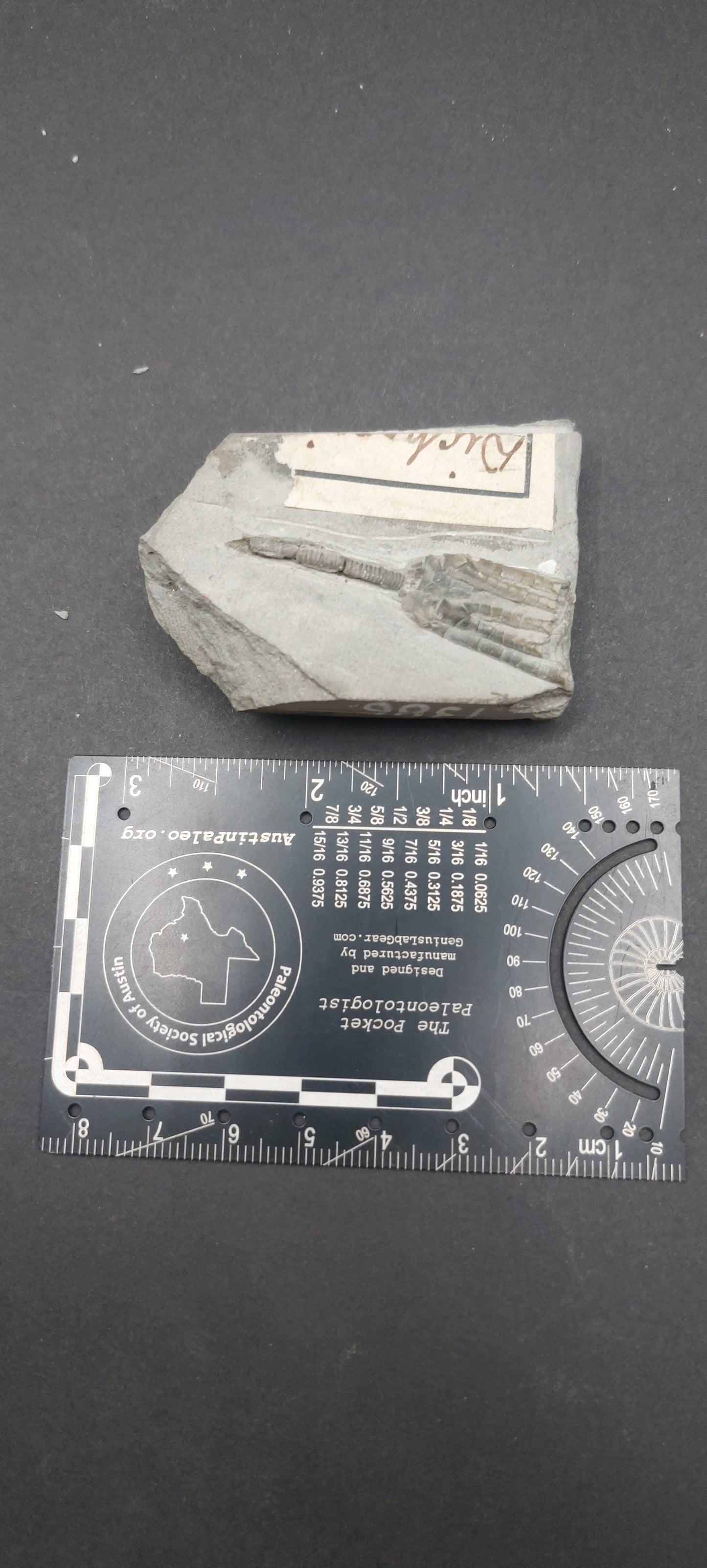
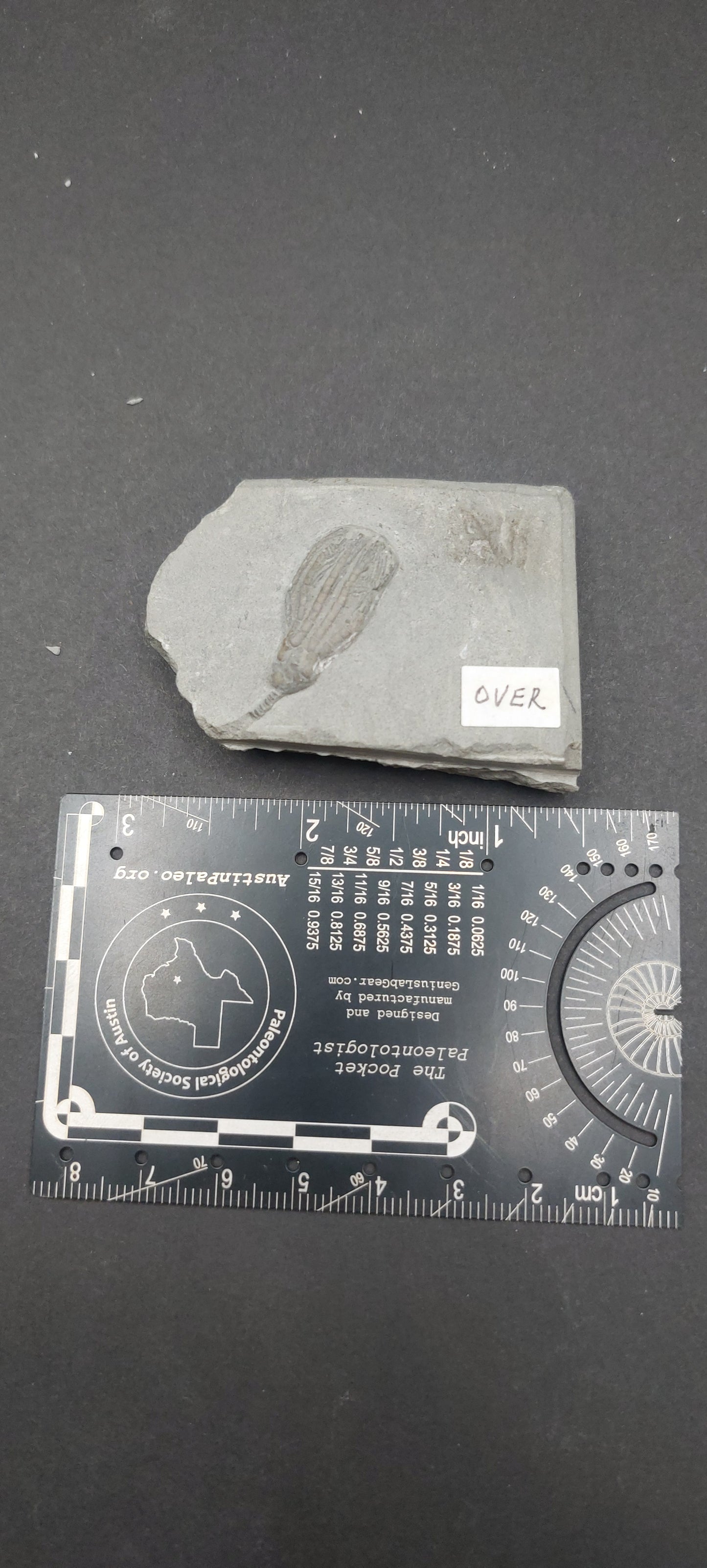
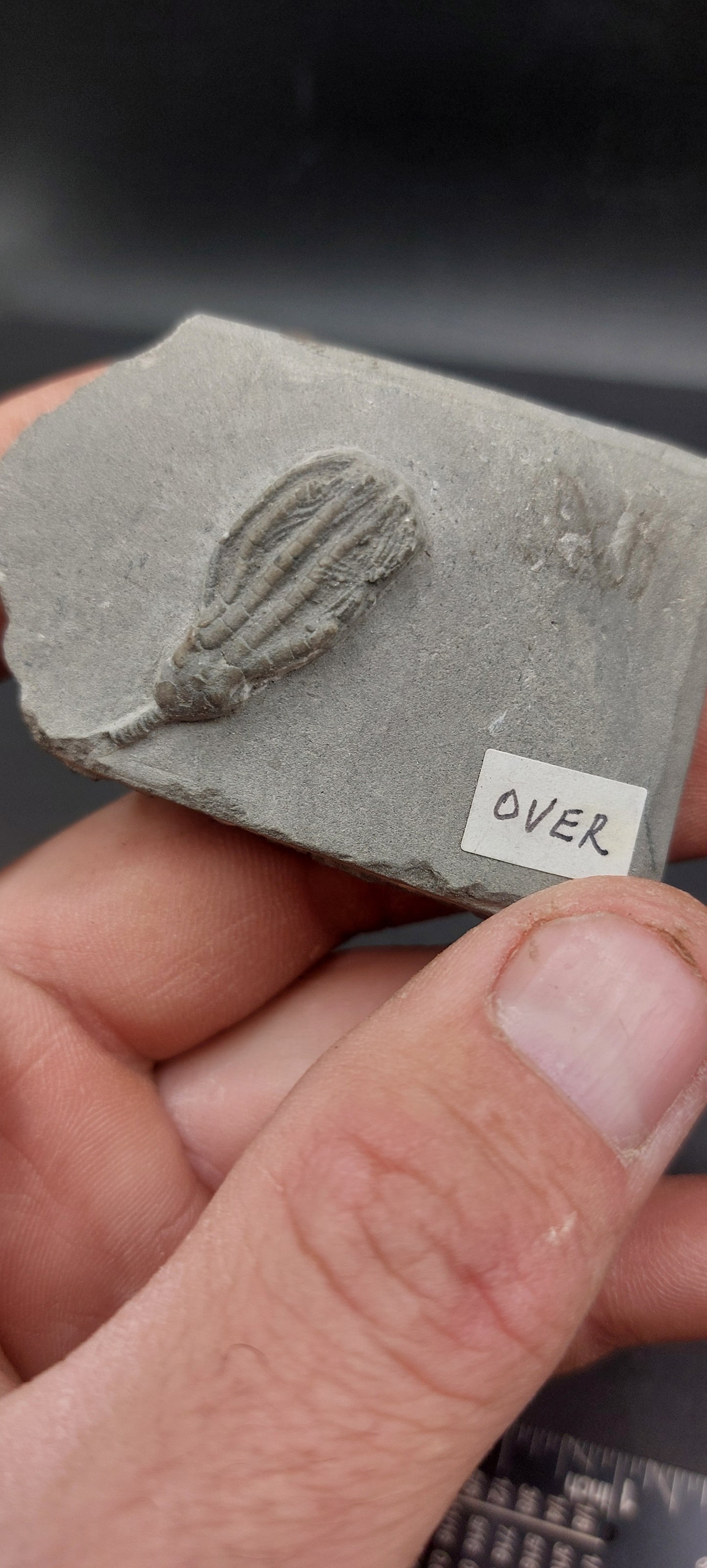
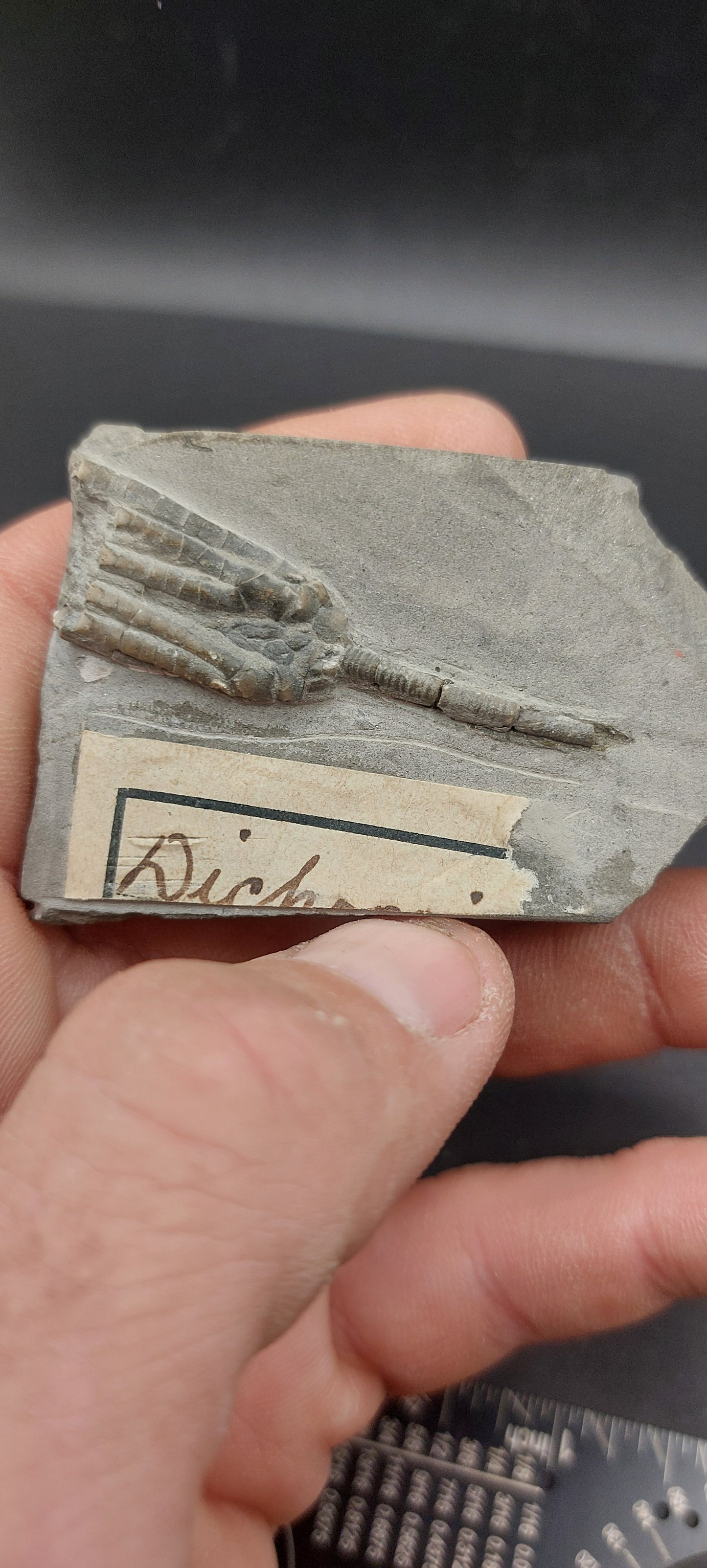
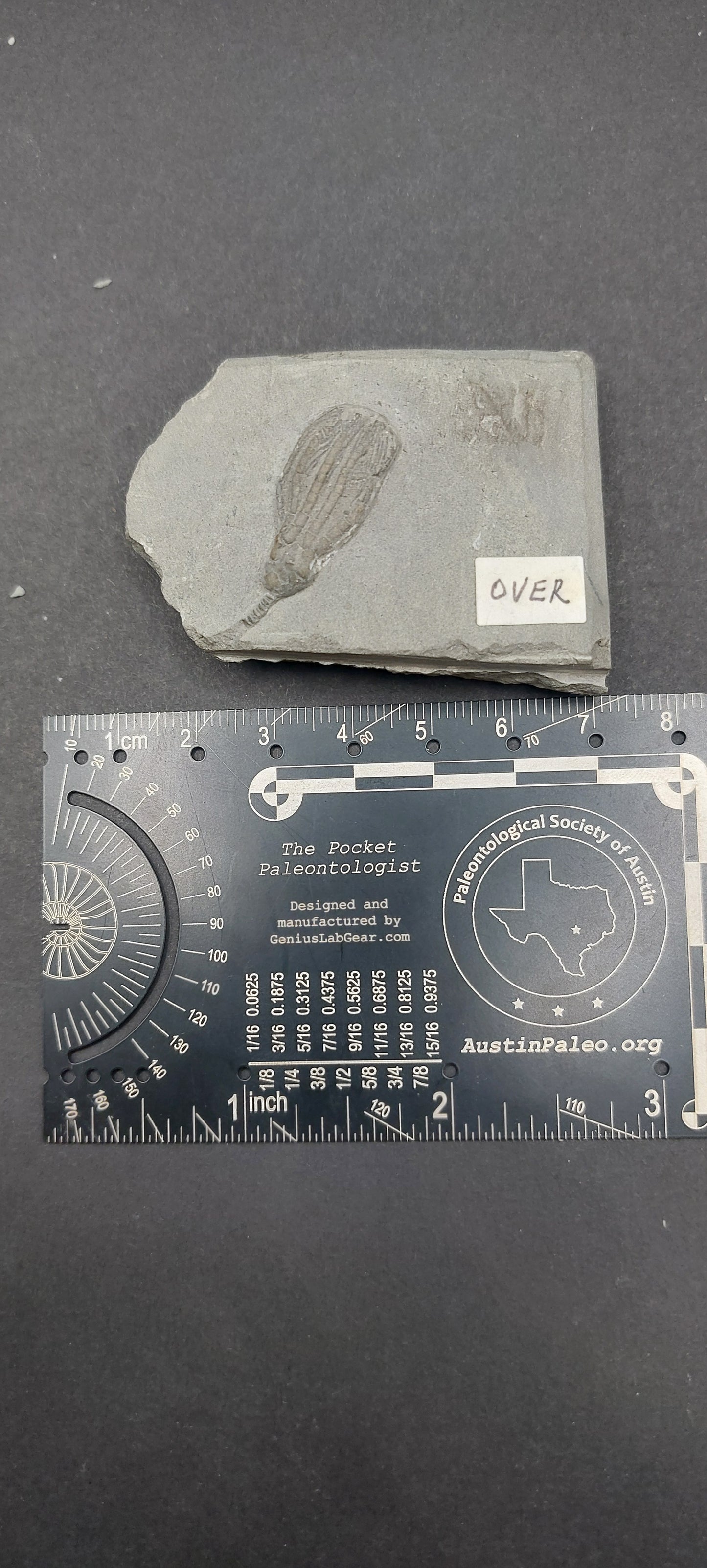
Subscribe to our emails
Be the first to know about new collections and exclusive offers.





